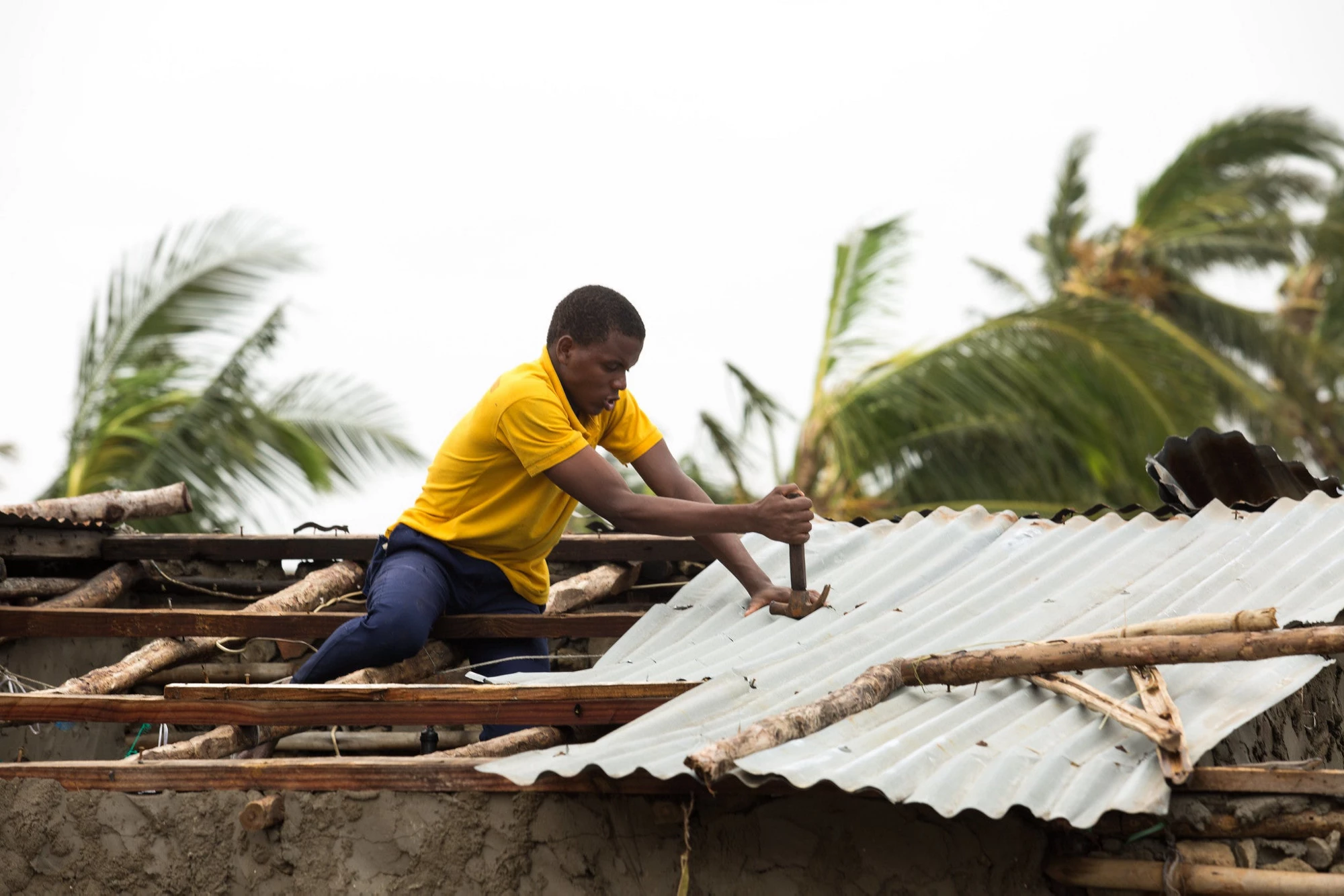The death toll from Cyclone Idai that ripped into Mozambique, Zimbabwe, and Malawi in March 2019 is now above 1,000, with damages estimated at $2 billion. In 2018, more than 10,000 people lost their lives in disasters (with $225 billion of economic losses). Approximately 79 percent of fatalities occurred in the Asia Pacific region, including the catastrophic earthquake and tsunami in Indonesia’s Sulawesi Island. In fact, 2017 and 2018 have been estimated as the most expensive back-to-back years for weather disasters, totaling $653 billion of losses.
With climate change increasing the probability of extreme weather events and the explosive and largely unplanned growth of populations and assets in the developing world, the process of post-disaster rebuilding of communities offers a stark choice: The right policy choices could set economies, cities, towns and villages, and neighborhoods on a resilient, sustainable path, and, unfortunately, the wrong policies would inevitably lead to fraud, waste, corruption, delays, and failure.
Several studies by the World Bank and the IMF, including a global review by my colleagues and me, have looked at the reconstruction process after major disasters over the past several decades. To my mind, the four of the most important lessons we have learned are:
1. The macroeconomic growth impacts of major weather disasters are negative, large, and persistent, but fiscal impacts can be mitigated through good policy.
The IMF finds that severe weather-related disaster episodes cause a substantial economic growth decline and a deterioration in debt dynamics. The fiscal impacts can, however, be mitigated by:
- Integrating disaster risks into the medium-term fiscal framework, fixing the budgetary “plumbing” that enables resources to hit the ground quickly, e.g. by incorporating some escape clauses for disasters in budget laws and fiscal rules, or streamlining the process for preparing and passing a revised budget;
- Having emergency procurement procedures in place ex-ante; and
- Generating fiscal space to finance disaster response programs, by transferring residual risks to the private sector – such as Mexico’s public asset insurance program FONDEN – or buying reinsurance in international capital markets, such as the Pacific Catastrophe Risk and Financing Initiative.
It is an empirical fact that the poor disproportionately live in areas of the highest environmental vulnerability and highest risk from natural hazards, and hence suffer the most. In the Philippines, over the last two decades, 15 times as many infants have died in the 24 months following typhoon events as died in the typhoons themselves; most of them were infant girls. In Niger, regardless of the birth location, children born during a drought are more than twice as likely to be malnourished between the ages of one and two.
In the immediate aftermath of a major disaster, once relief and recovery efforts are complete, there is huge pressure on governments to immediately start rebuilding and showing results. This is understandable, but rushing into the reconstruction process without the proper institutions in place is a huge mistake. A fully empowered reconstruction agency with delegated powers of government on procurement, financial management, etc., and staffed with capable technical specialists is critical for success.
4. Preparedness is the best investment any government can make.
If I had one wish, I would put a sign in every Finance Ministry official’s office that says: “The Biggest Driver of Disaster Losses is the Growth of People and Assets in Harm’s Way.” Risk-based land-use planning that steers future growth of cities and settlements away from high-risk areas, early warning systems especially the last-mile connectivity into communities (shown to save at least $3 of benefits for every dollar invested), and investments in multi-purpose shelters (as Bangladesh has successfully done) not just saves lives and avoids losses, but generates tremendous economic benefits as well.
Which brings us to our “half lesson”: each disaster and its context is unique.
While the four lessons above are important, reconstruction strategies must be country-owned and community-driven, taking into account ground realities and institutional capabilities. Post-disaster reconstruction strategies should also balance trade-offs between speed and fiduciary controls, emergency versus regular procurement, urban versus rural settings, on versus off budget expenditures, and most importantly, immediate rebuilding versus long-term planning.
READ MORE
- Video blog: Cyclone Idai: Building climate and disaster resilience in Mozambique and beyond
- Brief: Disaster Risk Management
- Publication: Building Back Better: Achieving Resilience through Stronger, Faster, and More Inclusive Post-Disaster Reconstruction
- Subscribe to our Sustainable Communities newsletter
- Follow @WBG_Cities on Twitter




Join the Conversation